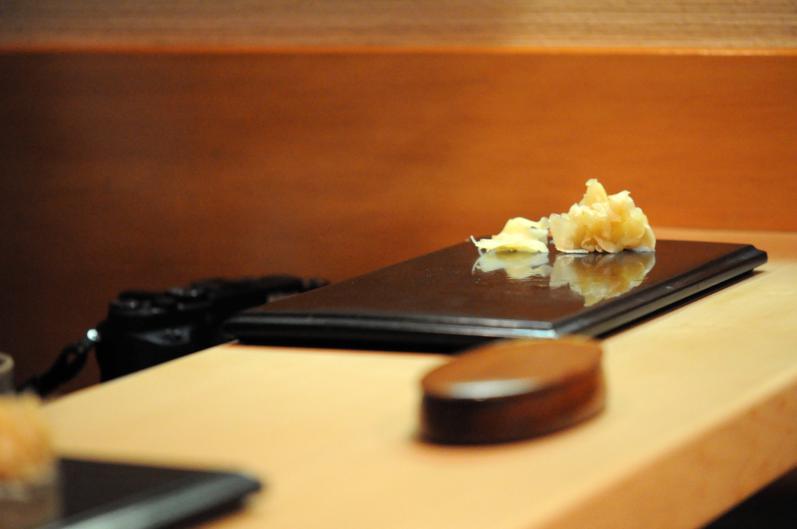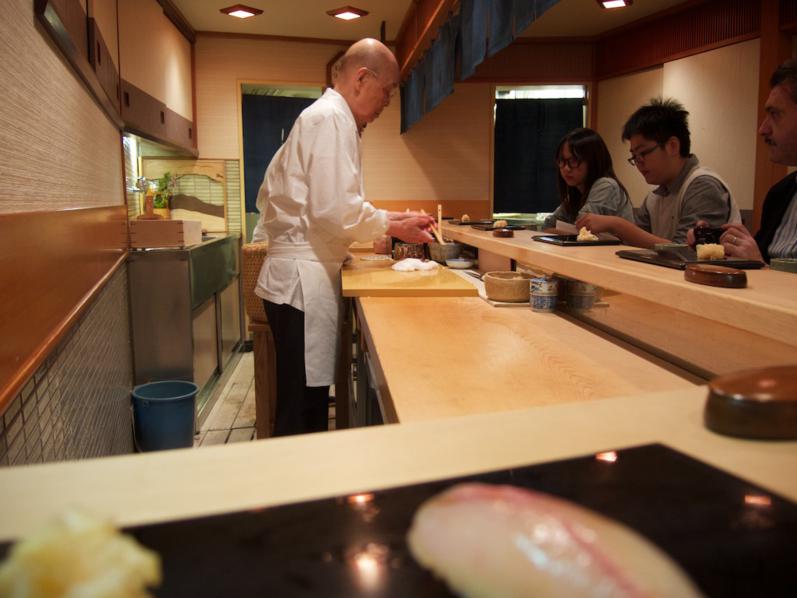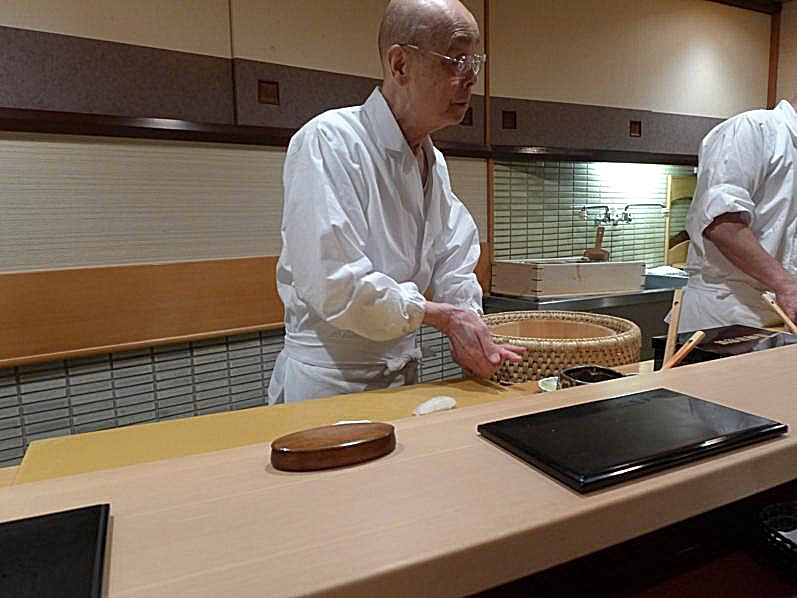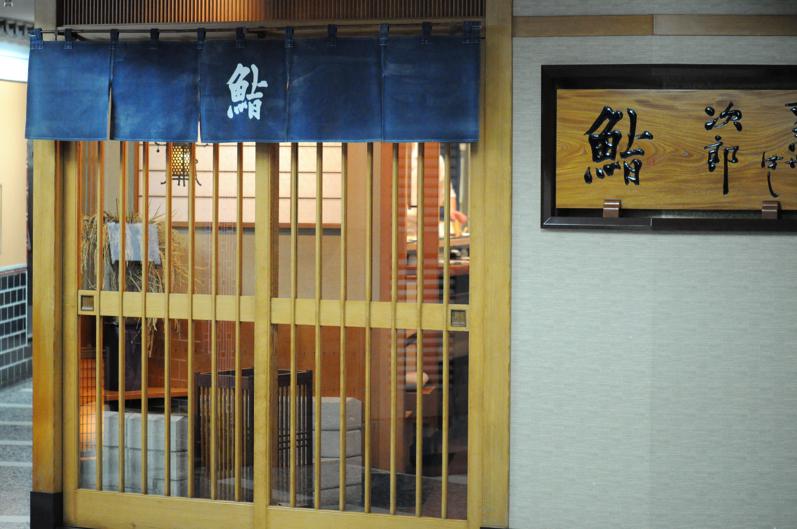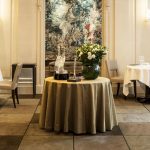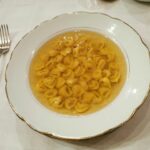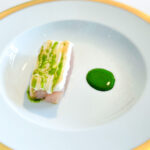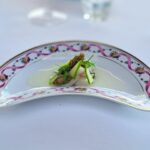The way to perfection.
Conception, execution, result: gestures repeated obsessively in the search for constant improvement. Day after day. A whole life long.
Jiro Ono is a man of 88, still at the vanguard in his tiny restaurant in the subway station in Ginza.
Jiro Onu is a shokunin. It is difficult to translate this word, so far from our culture. The term “artisan” isn’t fair indeed: shokunin means a lot more.
It definitely implies technical skills, but also a knowledge and a social approach. The shokunin has the social duty to work at his best for the general well-being of the population. A duty that is spiritual as well as material. That’s something huge, but it is essential to have it clear in mind before entering this place.
”You must fall in love with your work”, said Jiro in the famous documentary by David Gelb, Jiro Dreams of Sushi.
How lucky is the man who can find the passion and the power in his work, falling in love with what he’s meant to do daily for the community! There, the union between life and work becomes a vocation.
The whole life of this man was nothing but a path to a kind perfection that is unreachable: you don’t know the peak, but you constantly have to aim at it.
«I will continue to climb, trying to reach the peak, although nobody knows which one it is». (Jiro Ono)
But Sukiyabashi Jiro is not simply the container of the story of a great man. There are many stories to be told here, and they intertwine as the lives of the human beings. There is the story of Yoshikazu, Jiro San’s eldest son, day after day at his father’s side. He carries on his shoulders the burden of the legacy which will probably label him as an eternal second best. He’s the one who goes to the market every day to choose the fish. Only the best, for Jiro Ono. Even 40 tunas might be opened before finding the one that deserves to be served by Jiro San.
There is the story of Takashi, the younger son. He opened a restaurant in Roppongi Hills, that is the exact mirror-copy of his father’s restaurant (Takashi is left-handed). An escape that could transcend into release and rebirth.
Or the story of the many trainees pending for a sign of approval from the Master. One has the assignment to wring out the towels. Another, for months, does nothing but preparing sweet omelets. Another one’s still rubbing down the octopuses (for fifty minutes at least, to soften them).
There are no exceptions or gifts: everything here is hard-earned on the field.
Nowadays parents tell their children: “If it doesn’t work, just come home”. When parents tell such nonsense, children are destined to fail in life. (Jiro Ono)
Two virtues characterize the Japanese culture: the honor and the research of pureness.
Honor is an essential part of the work, in the love you feel for it and in the constant search for improvements.
Pureness, on the other hand, is to be found in simplicity.
Nothing more simple than the combination of rice and fish in a harmonic vortex that leads to the fusion Fusion è una tipologia (o scuola) di cucina che combina elementi associati a differenti tradizioni culinarie per produrre menù o piatti non riconducibili ad alcuna tradizione culinaria precisa. Leggi of this two elements.
Fusion è una tipologia (o scuola) di cucina che combina elementi associati a differenti tradizioni culinarie per produrre menù o piatti non riconducibili ad alcuna tradizione culinaria precisa. Leggi of this two elements.
Rice: most people tend to overcook it. In Jiro’s you can taste the vinegar and it is served at blood heat. It is cooked on a very high pressure, which makes it soft and vaporous, while keeping the integrity of each single grain. It is a revelation, an extraordinary rice.
Fish: all plates are excellent, at least. The daily supply at the market in Tokyo is obsessive.
Harmony: the perfect union between the two elements is conveyed in the taste, unique and thrilling as it is.
The wasabi Eutrema japonicum, conosciuta comunemente come wasabi o anche con il nome di ravanello giapponese, è una pianta di origine giapponese appartenente alla famiglia delle Brassicacee (o Crocifere). La pianta cresce spontaneamente in vicinanza dei fiumi in zone fredde del Giappone, come per esempio in montagna o nelle valli in quota. Dal rizoma di Eutrema japonicum si ottiene una pasta di... Leggi, modulated in quantity according to the piece. An initial blow leaves room to the taste of this incredible root, that in Japan touches absolute quality peaks.
Eutrema japonicum, conosciuta comunemente come wasabi o anche con il nome di ravanello giapponese, è una pianta di origine giapponese appartenente alla famiglia delle Brassicacee (o Crocifere). La pianta cresce spontaneamente in vicinanza dei fiumi in zone fredde del Giappone, come per esempio in montagna o nelle valli in quota. Dal rizoma di Eutrema japonicum si ottiene una pasta di... Leggi, modulated in quantity according to the piece. An initial blow leaves room to the taste of this incredible root, that in Japan touches absolute quality peaks.
A brushstroke of soy sauce. Then right in the mouth, in a few seconds, because perfection is fleeting.
The menu – 19 fixed courses – mounts like a wave, in a crescendo of flavors.
Only sushi prepared by the Master in front of your eyes. 30 minutes for the best spent 240 euro of your life.
A composition that draws closer earth and sky, ceaseless neurosensory shocks which will hardly be forgotten.
Who knows if we will ever have the chance again to enjoy the sushi prepared by this monument of the world gastronomy. Who knows if we would still find him there, refining his rice, his fish, his sushi. Building his destiny from himself on, day after day.
After day, after day…
Practical notes: the reservation can be made by the hotel concierge, only the first day of the month preceding the visit (e.g. 1st of September for October).
The restaurant is by the Ginza subway station. Look for the sign of the Birdland restaurant, with the English sign, and gain access to the aisle. Jiro is right in front.
The menu is fixed, but when it is over you can ask for an encore of the pieces you liked the most.
Only cash is accepted, so don’t forget to stuff yourself before entering the restaurant.
Entrance
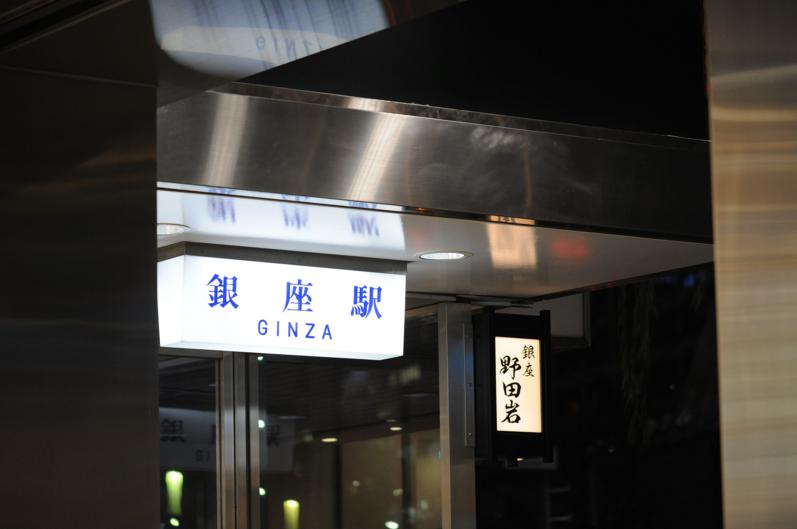
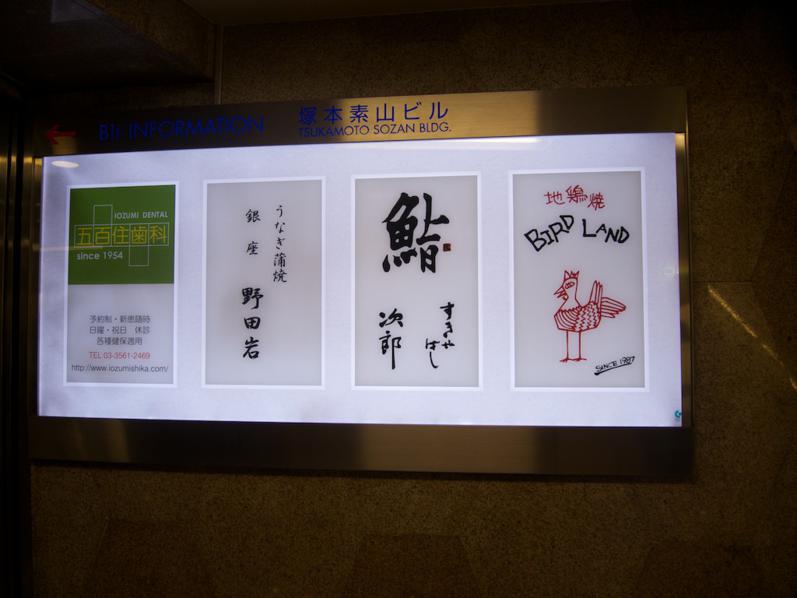
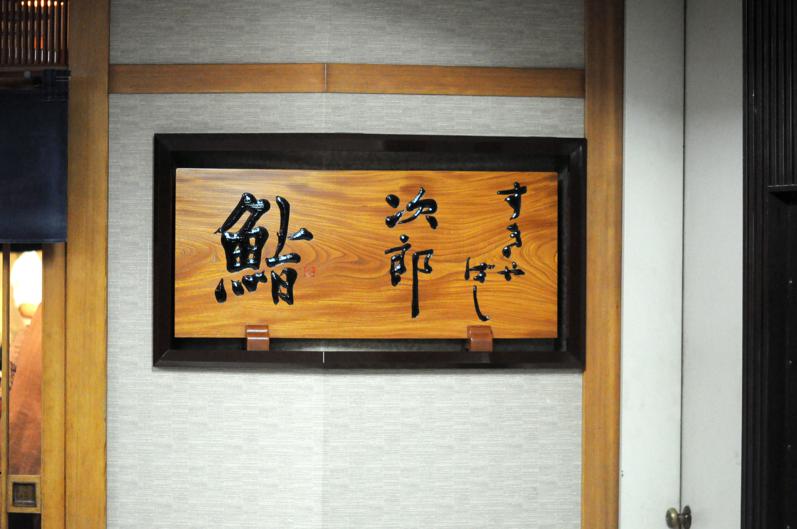
Karei: European flounder
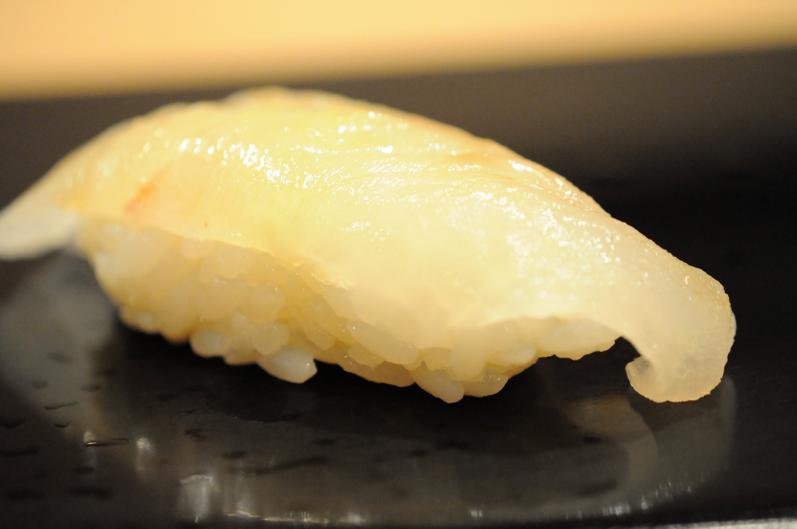
Sumi-ika: squid
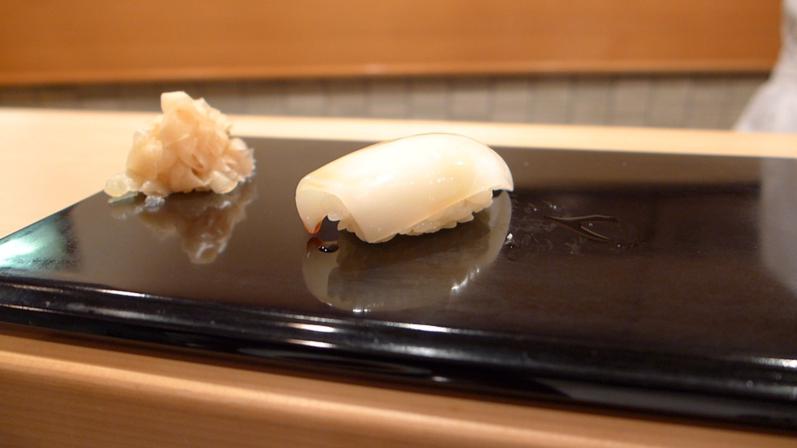
Shima-aji: striped jack (caranx vinctus)
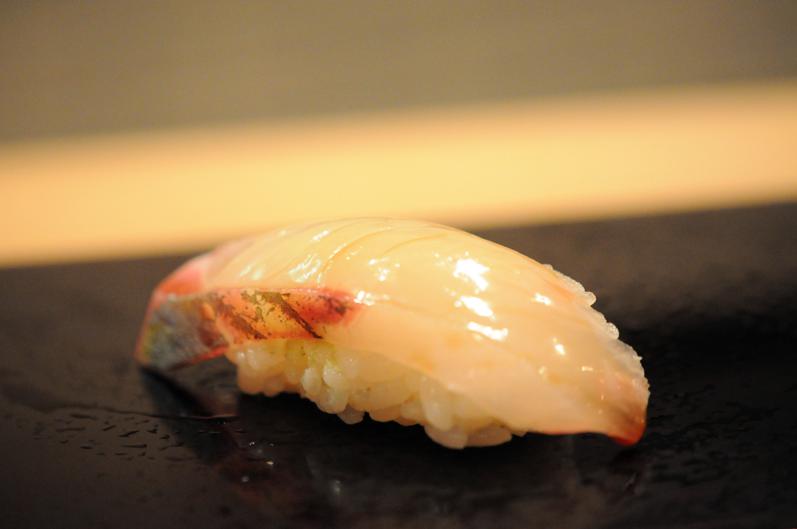
Akami: tuna
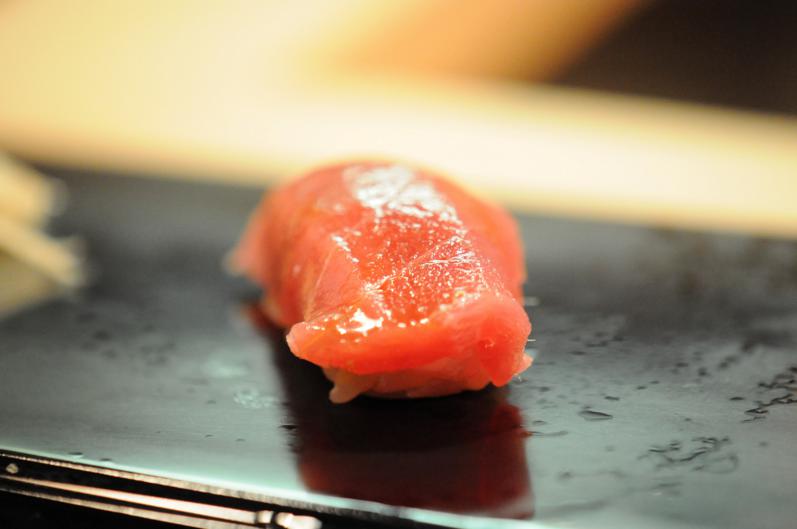
Chu-toro: medium fatty tuna
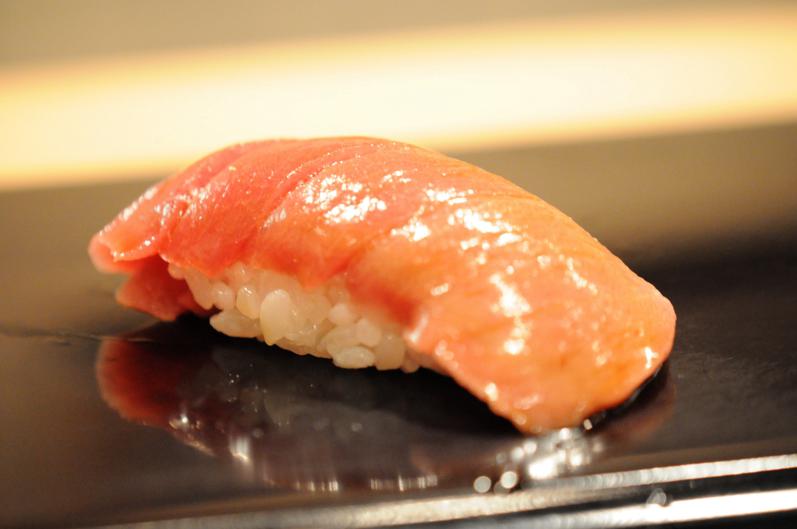
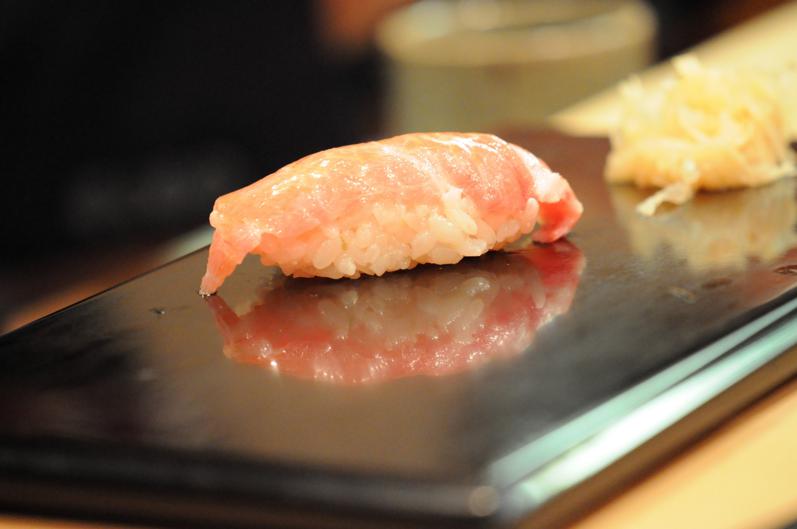
Kohada: gizzard shad
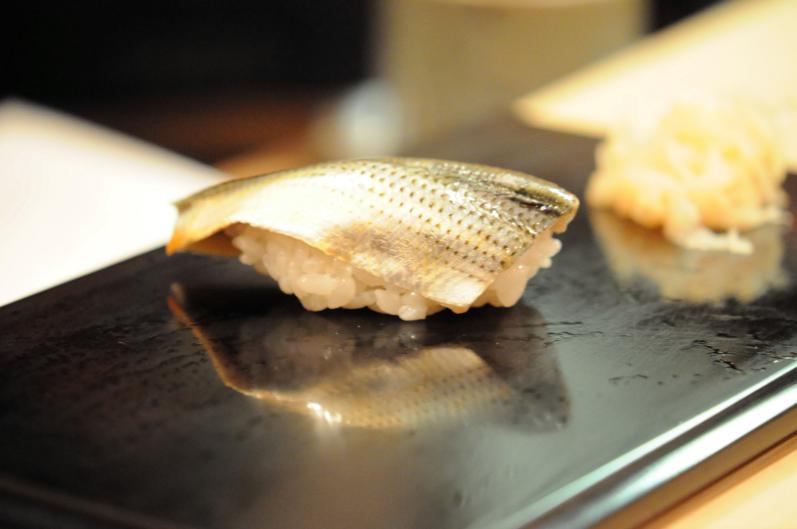
Mushi-awabi: steamed Abalone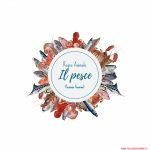 Abalone è un mollusco gasteropode di origini orientali riconoscibile per i fori (4-5) sulla sua conchiglia. Chiamato anche orecchia di mare, è un prodotto prelibato al pari di caviale e ostriche; si usa mangiarlo crudo, dopo una breve cottura vivace o dopo una cottura lunga e lenta, come nella zuppa di abalone. Diffuso in Australia, Africa, isole del Pacifico e... Leggi
Abalone è un mollusco gasteropode di origini orientali riconoscibile per i fori (4-5) sulla sua conchiglia. Chiamato anche orecchia di mare, è un prodotto prelibato al pari di caviale e ostriche; si usa mangiarlo crudo, dopo una breve cottura vivace o dopo una cottura lunga e lenta, come nella zuppa di abalone. Diffuso in Australia, Africa, isole del Pacifico e... Leggi
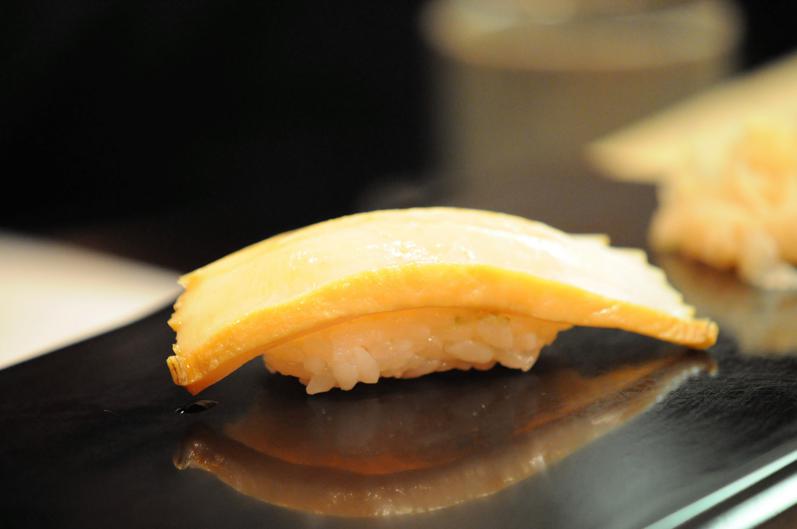
Aji: Jack mackerel
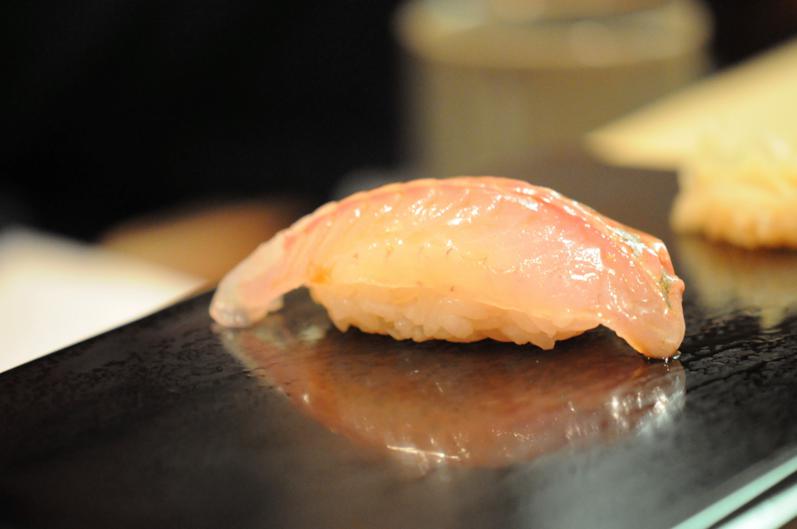
Kurumaebi: boiled prawn
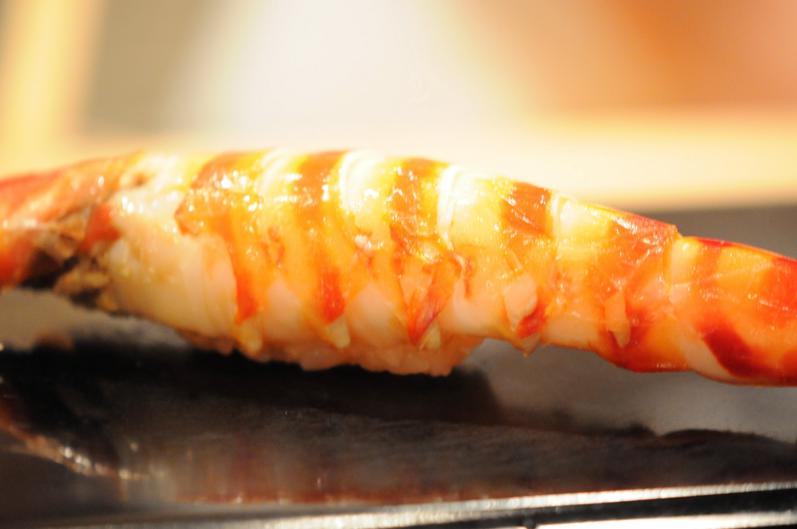
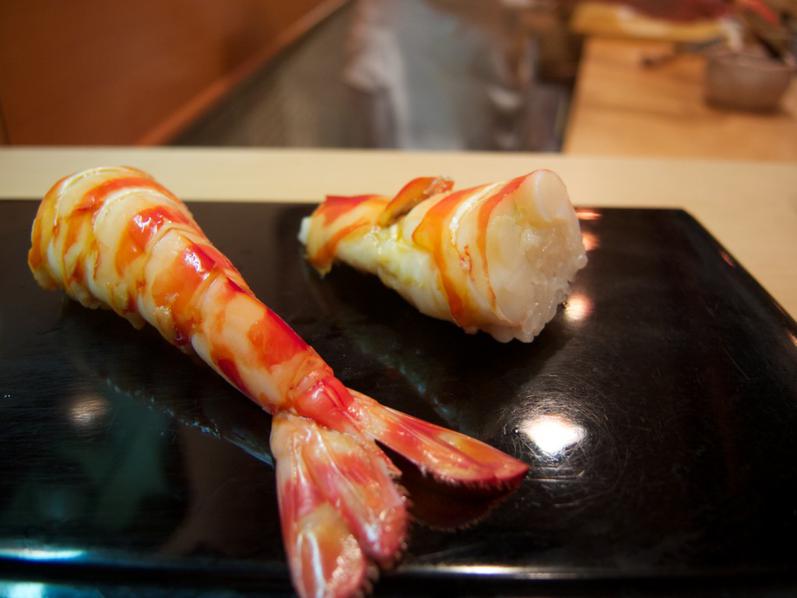
Katsuo: little tuna. Lightly smoked, the peak of the entire meal. Taste and texture beyond words.
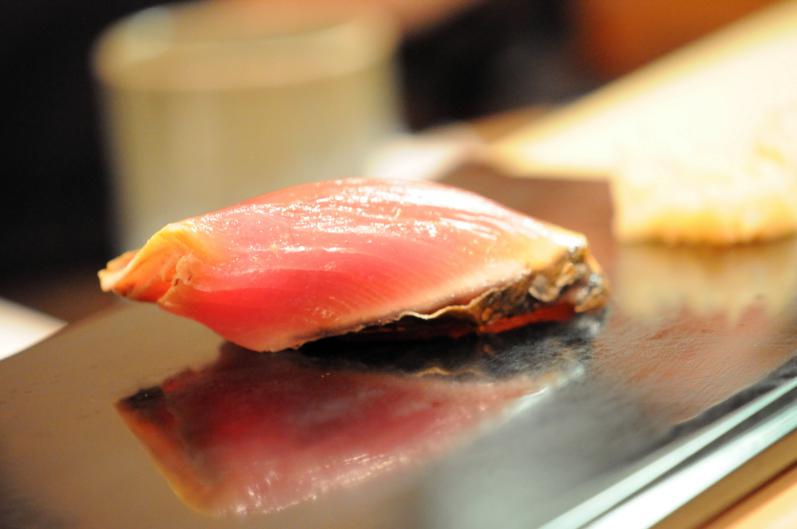
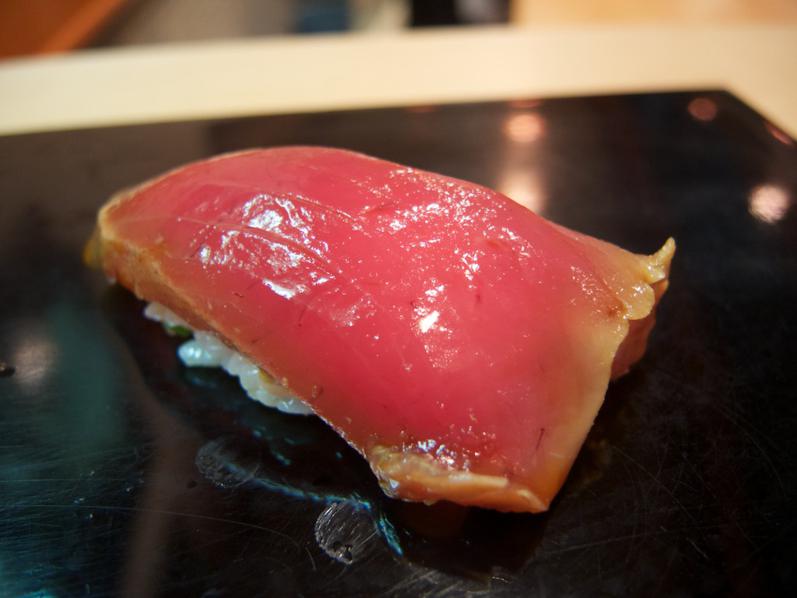
Shako: Squilla mantis shrimps
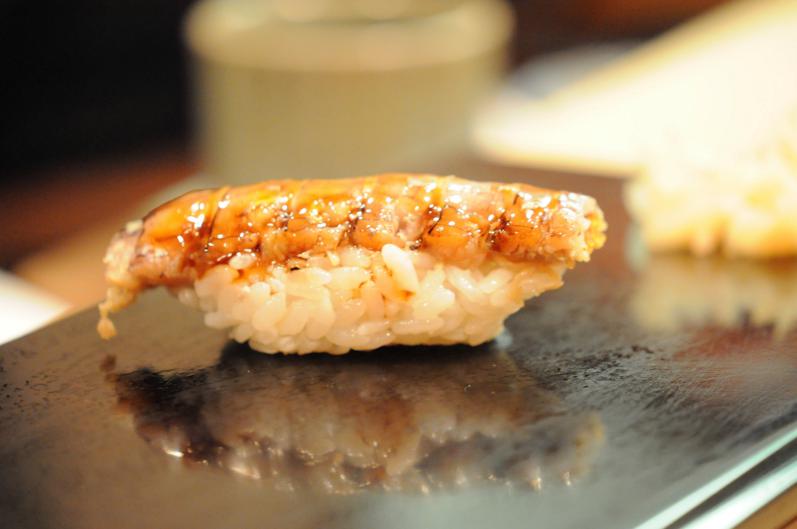
Iwashi: Sardina. Another striking blow of which in fact we asked for an encore.
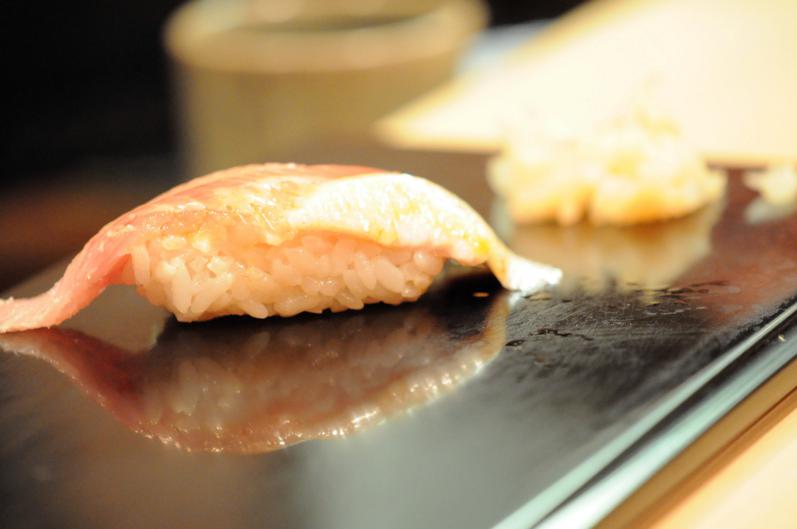
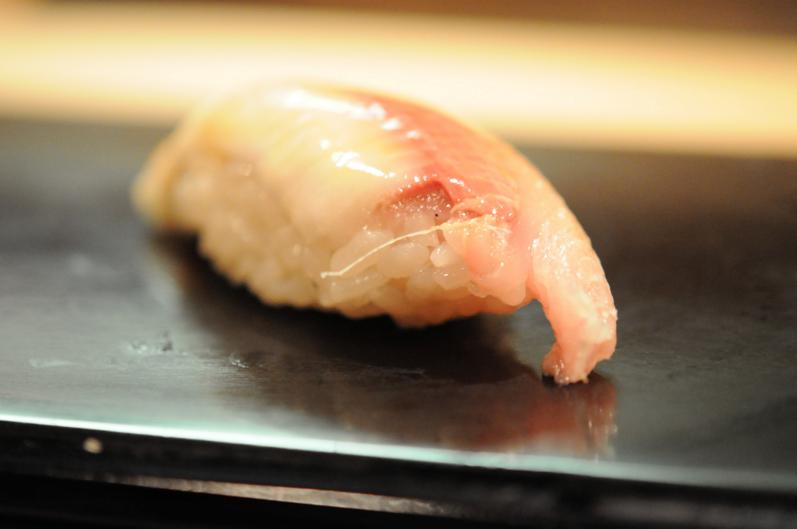
Akagai: ark shell
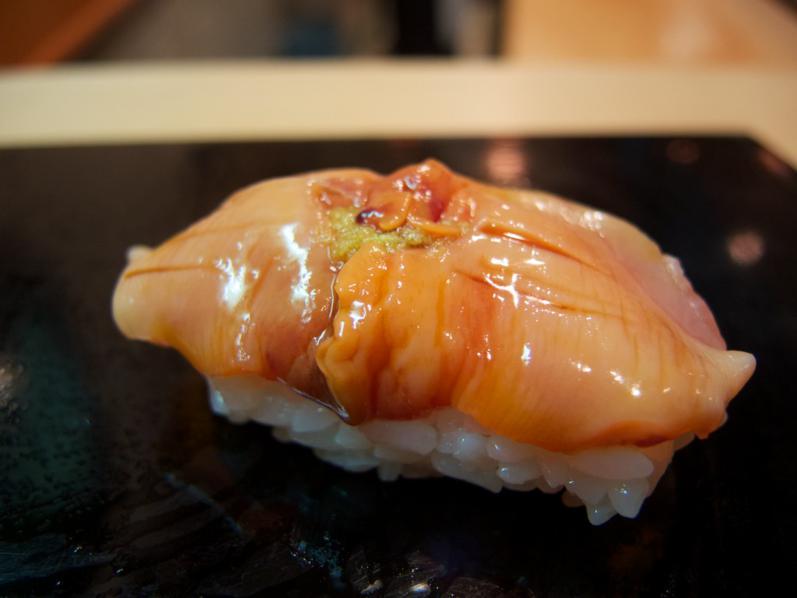
Uni: sea urchin
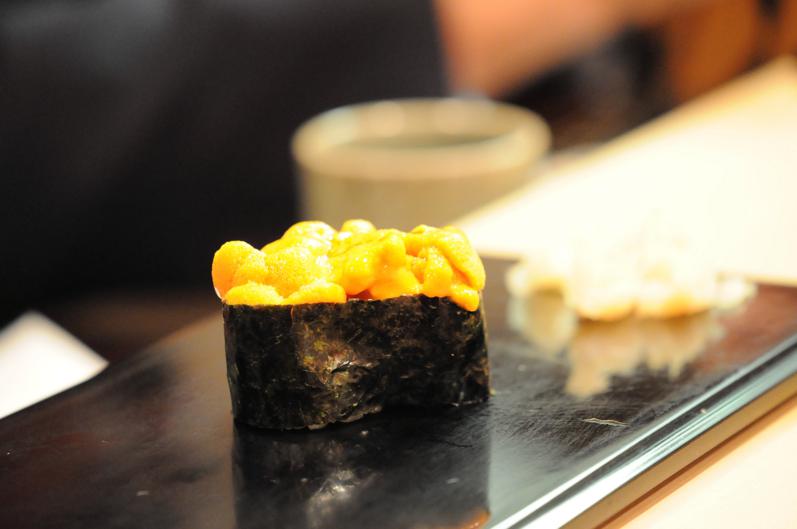
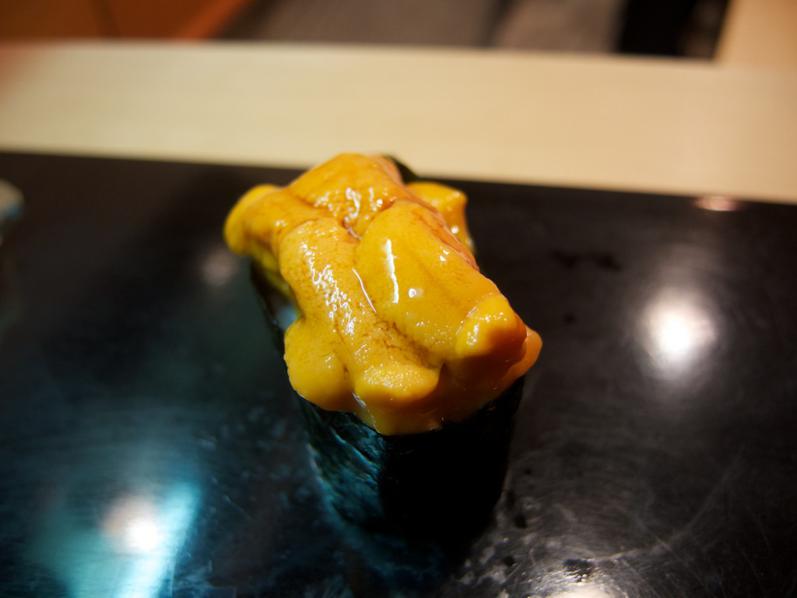
Kobashira: scallop
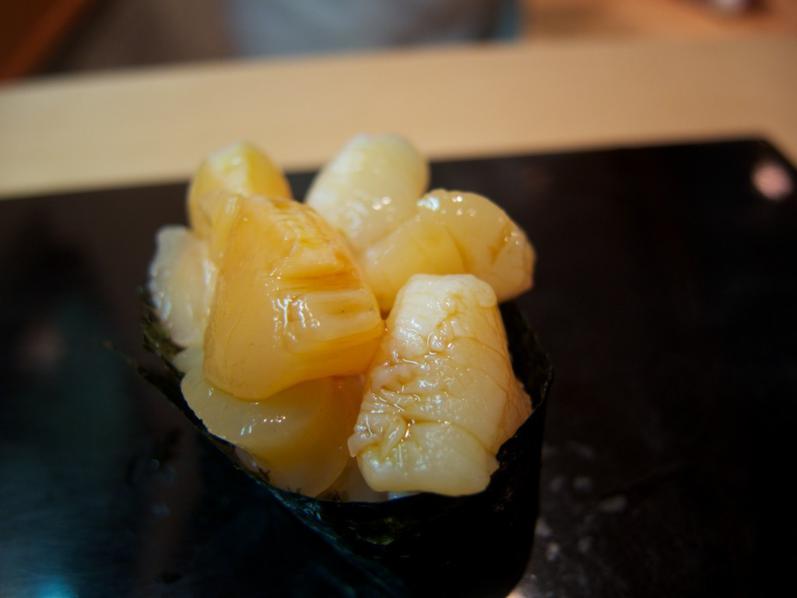
Ikura: salmon eggs
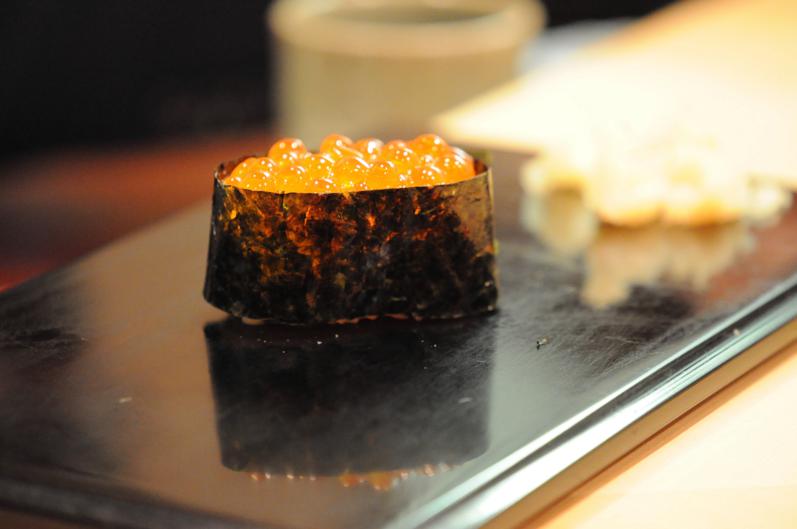
Anago: eel
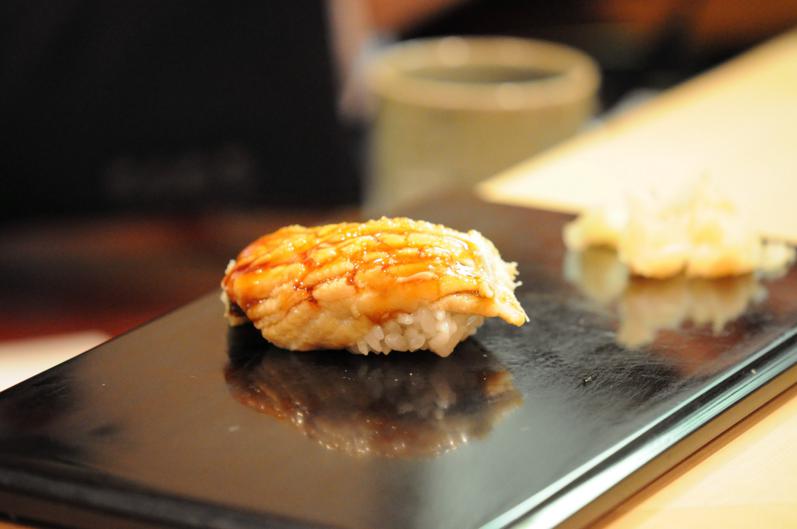
Tamago: sweet egg omelet. The texture of this omelet is unique. Just an omelet? No jokes please…
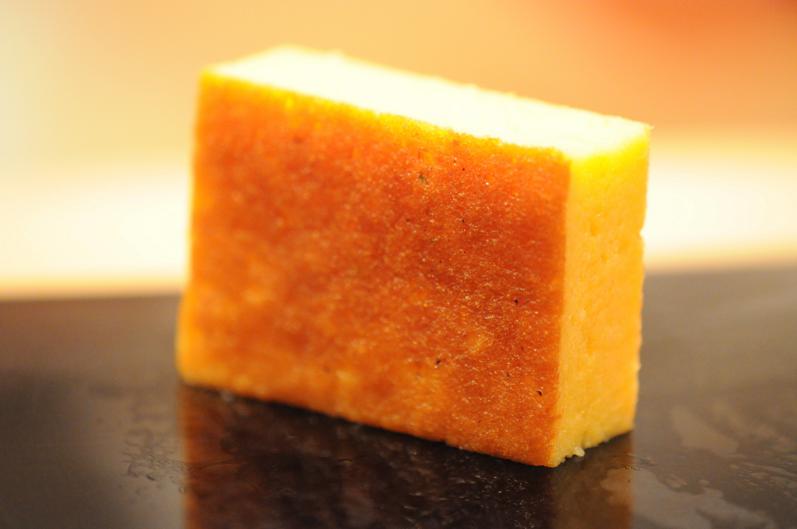
Musk Melon: the flavor intensity of these highly expensive Japanese melons (at the market they are sold at about 100 euro per piece) is impossible to describe
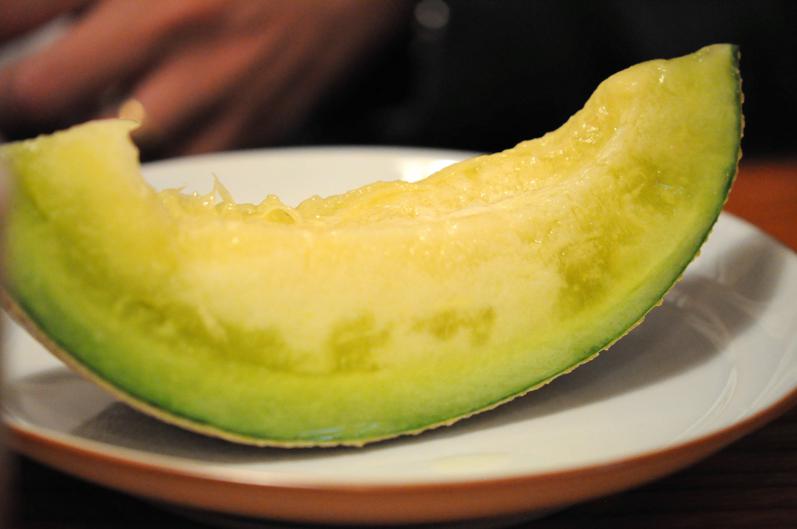
Simple mise en place
